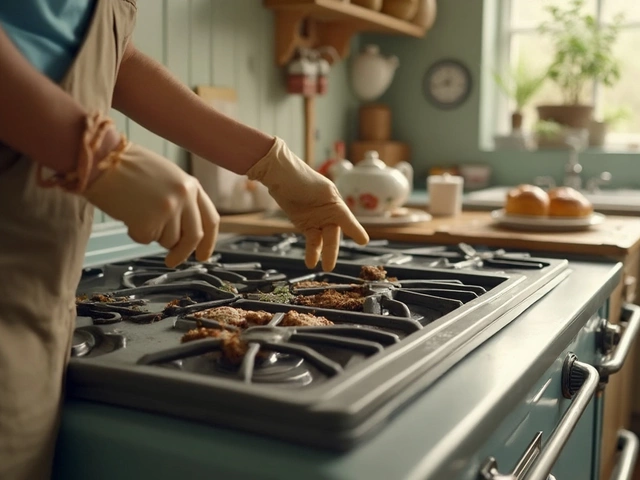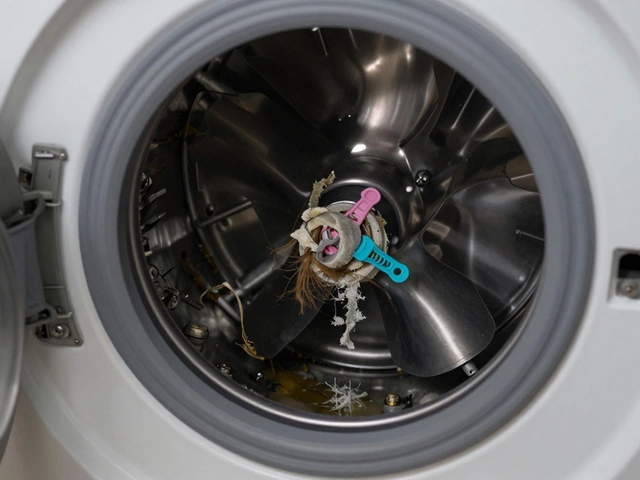Heat Pump Running But Not Cooling? Real Reasons and Fixes
May 29 2025DIY Tips for Your Home Appliances
Got an oven that won’t heat or a fan that’s gone silent? Before you pick up the phone, try a few simple steps that most homeowners can do themselves. These DIY tips save you time, cut down on call‑out fees, and keep your gadgets running safely.
Why DIY Matters
Doing a quick check yourself often reveals the problem right away. A clogged filter, a loose connection, or a broken thermostat can be fixed in minutes. When you fix the issue early, you avoid bigger breakdowns that could cost hundreds. Plus, learning a bit about your appliances means you’ll spot warning signs before they become emergencies.
Safety is the first rule. Always turn off power at the breaker before you start any work on electric appliances, and shut off gas supply for boilers or water heaters. If you’re unsure about a step, it’s better to call a certified gas engineer than risk a leak or shock.
Quick Wins You Can Try Today
1. Clean extractor fans. Grease and dust build‑up reduces airflow and can make the motor overheat. Remove the filter, soak it in hot, soapy water, rinse and dry. While it’s off, wipe the fan blades with a damp cloth.
2. Reset a water heater. If the hot water stops, switch off the breaker, wait 30 seconds, then turn it back on. This often clears a tripped safety switch. If the heater still won’t fire, look for a leaking pressure‑relief valve – that’s a sign you need a professional.
3. Test oven heating elements. Turn the oven on to a high temperature and watch the element. If it stays cool, the element is likely faulty. Replacing an element is a straightforward screw‑and‑replace job for most electric ovens.
4. Check boiler pressure. Low pressure can cause the boiler to shut down. Locate the pressure gauge; it should read between 1 and 1.5 bar when cold. If it’s low, top it up using the filling loop – just watch the gauge and stop when you reach the right level.
5. Inspect washing machine hoses. Over time, hoses can develop cracks. Replace them every two years to avoid leaks that could flood your laundry room.
These quick fixes cover many of the most common issues you’ll see across our DIY tips library. For deeper problems – like a noisy boiler, a fridge that’s not cooling, or a dishwasher that leaks – we have step‑by‑step guides that walk you through diagnosis and repair.
Remember, the goal isn’t to become an electrician or plumber overnight. It’s to handle the easy stuff confidently and know when to call in Bedford Gas Appliance Repair Services for the bigger jobs. Our certified engineers are just a call away, ready to keep your home warm, safe, and running smoothly.
Explore the full list of DIY articles below, pick a topic that matches your current issue, and get started. A little effort now can save you a lot of hassle later.
 12 Feb
12 Feb
How Much Does It Cost to Repair a Microwave Fuse?
Dive into the world of microwave fuse repairs with this comprehensive guide. Discover typical costs and factors affecting them, decide if you should DIY or call a pro, and learn handy maintenance tips to avoid future issues. With clear insights and helpful advice, this article aims to empower microwave users facing fuse troubles.
Read More...



